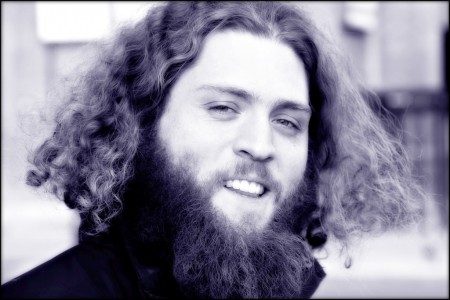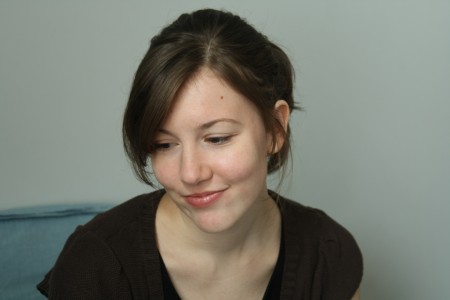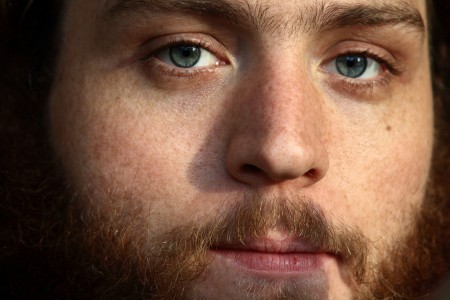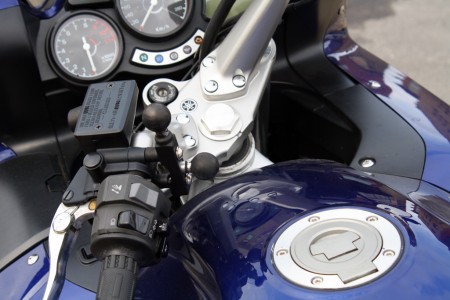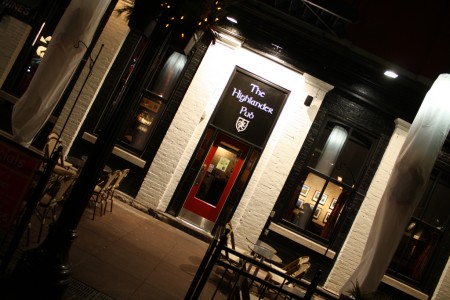As this disturbing alleged situation demonstrates, you may be ordered at some point to delete photographic or videographic evidence of an event without appropriate justification.
While there may be situations in which security concerns are justifiably paramount, there are also many situations in which those who have authority simply wish to avoid facing any accountability for their actions. Given the conflict of interest involved for those law enforcement officers on the scene, it seems prudent to retain any photographic or videographic evidence you have produced, even if you are asked by them to delete it.
After all, any impartial evidence that exists can only help in any subsequent official proceedings. The absence of such evidence is likely to strengthen the bias of impartial adjudicators towards those with authority, as opposed to those who simply happened to be witnesses.
Prior relevant posts:
[18 December 2008] Zoom has posted an update about this matter.

